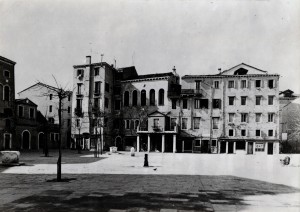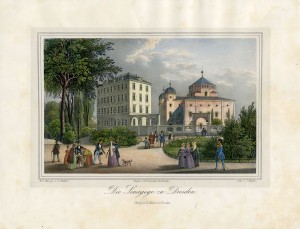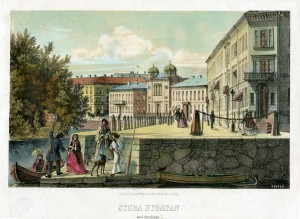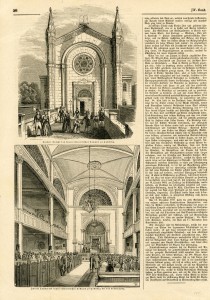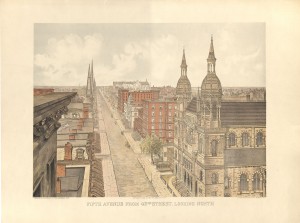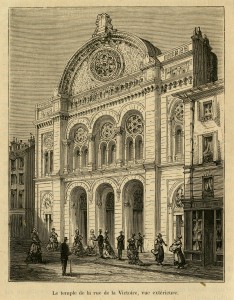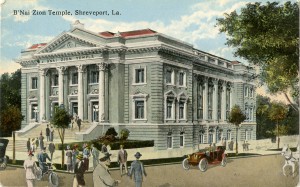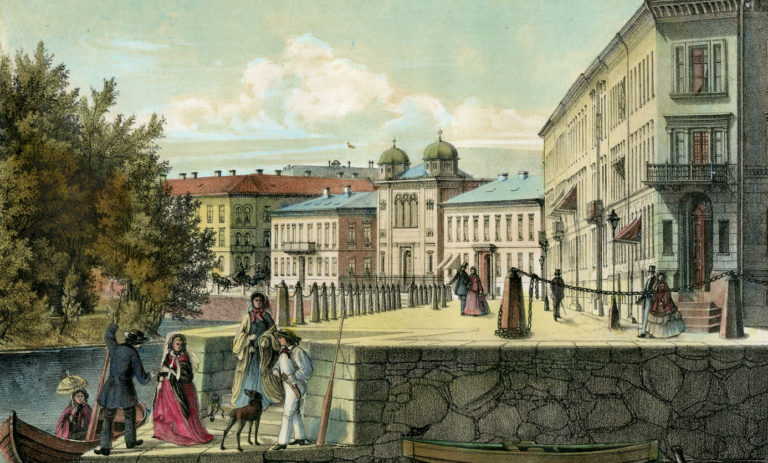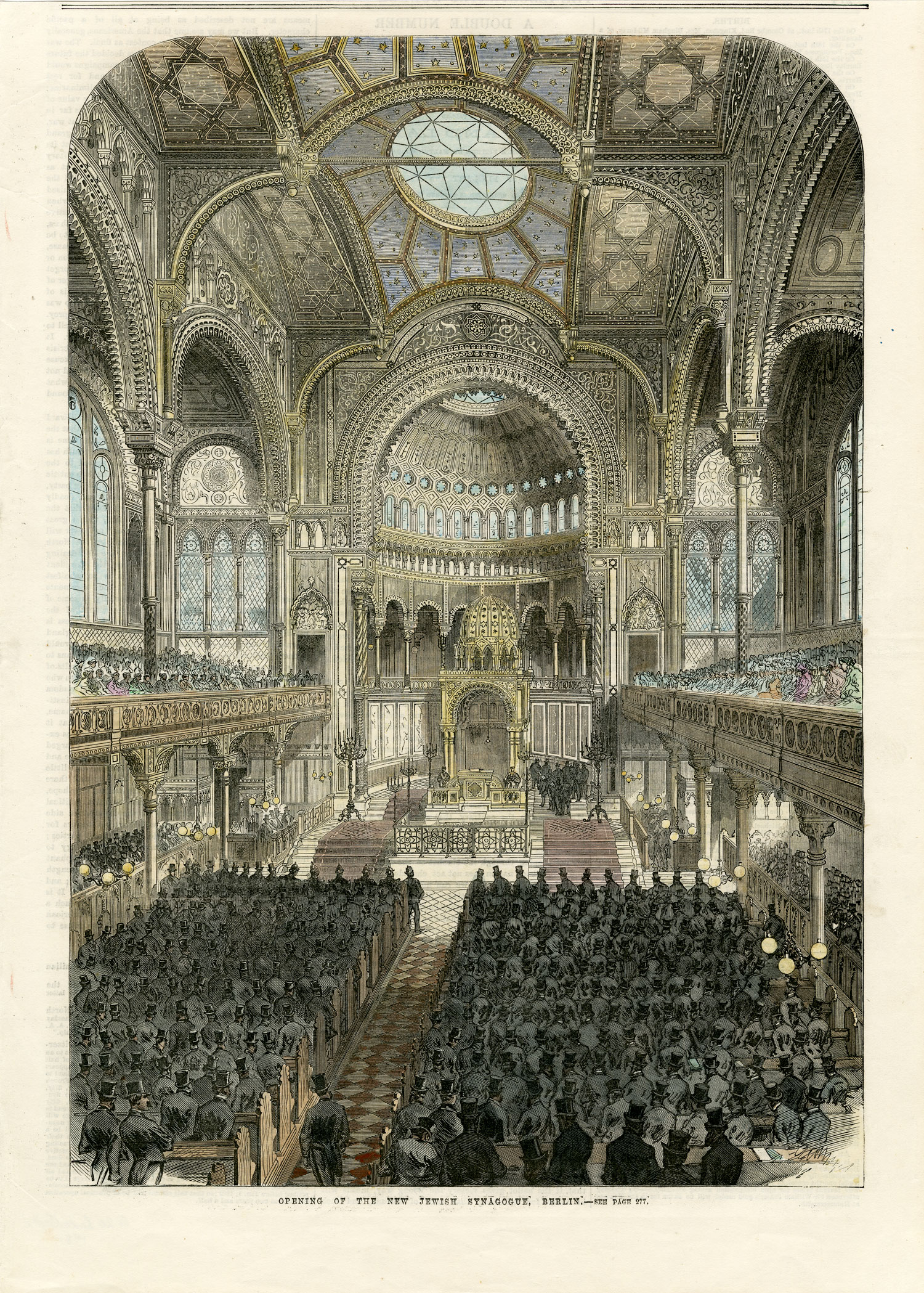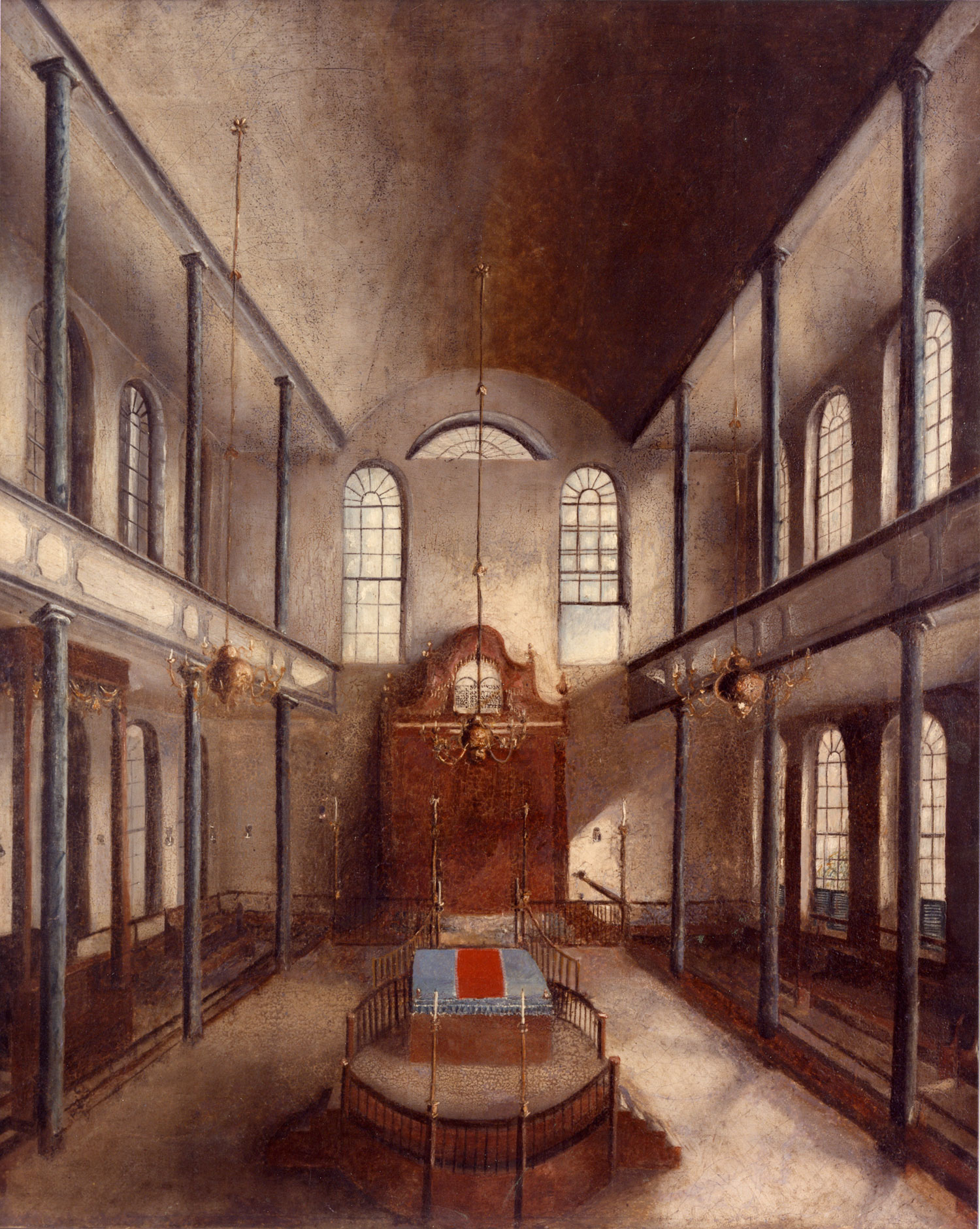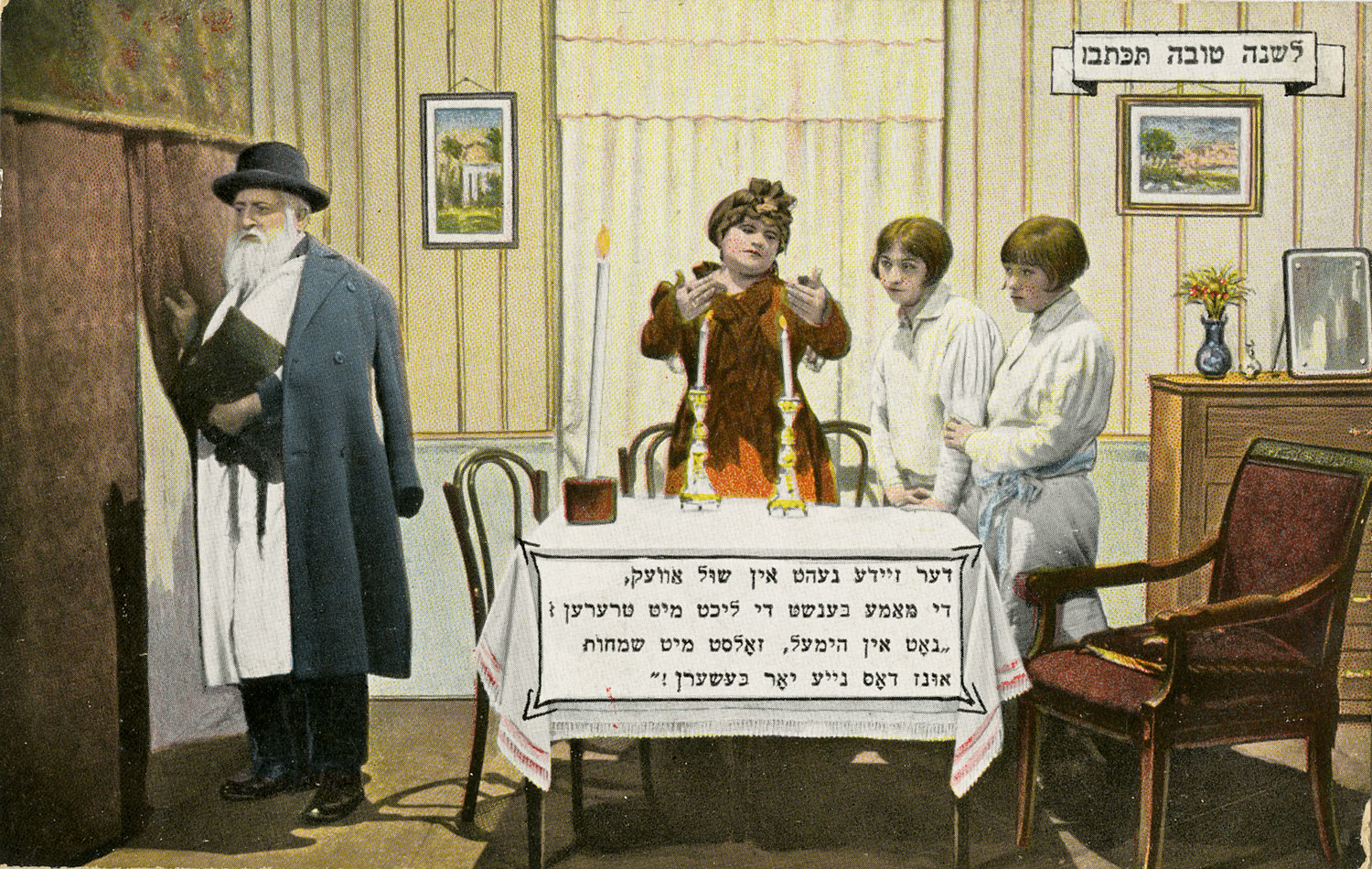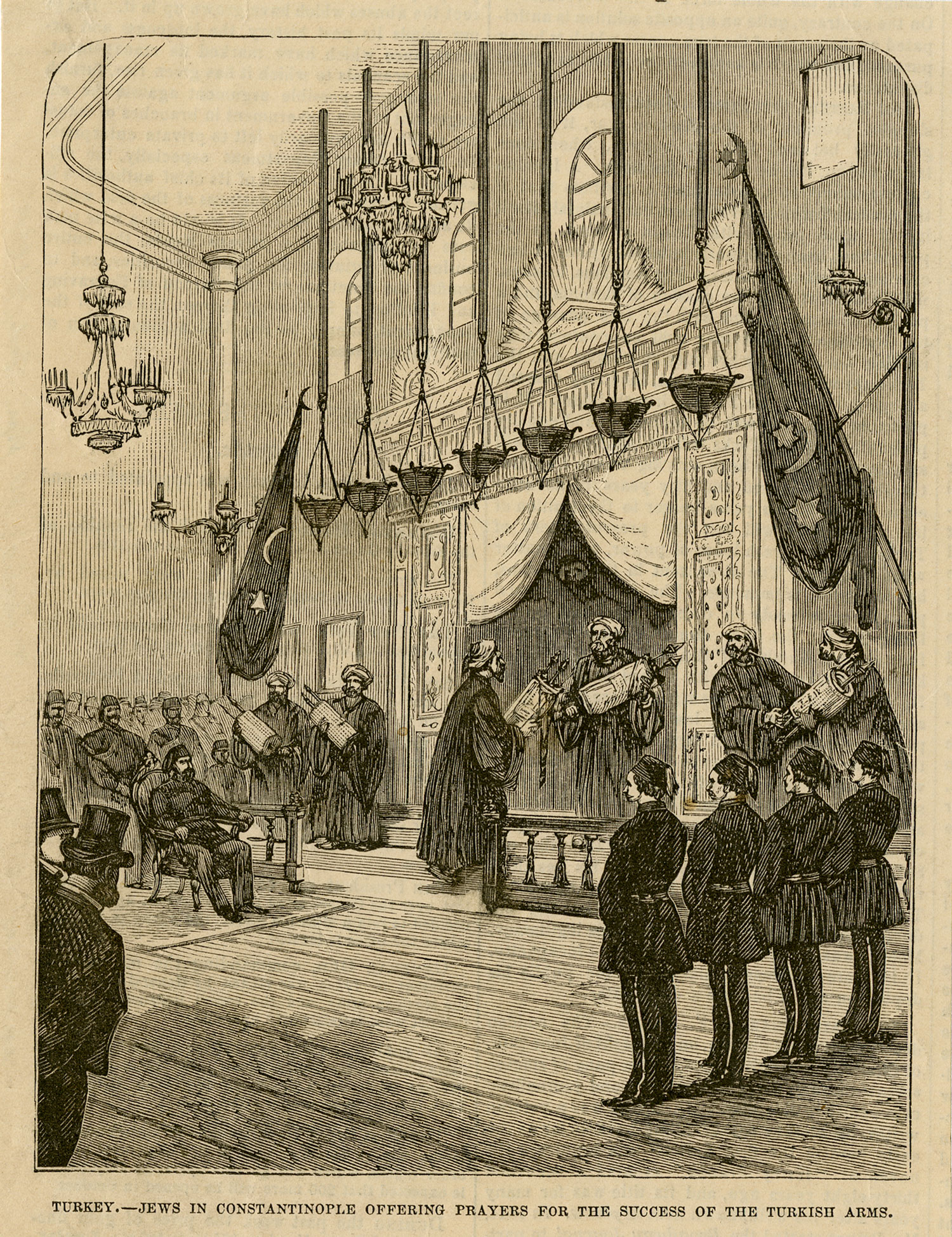Section 1. Siting the Synagogue
Today, synagogues can be located almost anywhere—but this has not always been the case. In the Middle Ages, synagogues usually were situated in the centers of Jewish communities, as Jewish law limits travel on the Sabbath, the time when most community members would attend worship services. Jewish neighborhoods sometimes were self-segregated, with Jews living near one another by choice, and sometimes mandated when governments compelled Jews to live only in certain areas. In Antiquity and the Middle Ages, Jewish quarters or streets often were located at the edge of town. In the late Middle Ages, Jewish quarters frequently were nestled close to rulers’ castles or bishops’ palaces, where they could be both protected and controlled.
In 1516, Venice granted Jews the privilege of living inside city limits but restricted them to a specific area known as the “ghetto,” which subsequently gave its name to all forced enclosures for Jews. The campo, or square of the ghetto, became the center of community life and synagogues also were located there, “hidden in plain sight,” as they were sited on upper floors of buildings with little to distinguish them on the façades.
With the rise of secular governments in Northern Europe in the 17th century, Jews in some countries were gradually granted more rights and incorporated into society, a change reflected in the siting of Jewish houses of worship. Beginning in Holland and Greater Poland, Jews were allowed, and sometimes even encouraged, to build large, freestanding synagogues near major streets and public squares. In France, Jews were granted civil rights in 1791, and over the next century, other countries followed suit, so that by 1900, hundreds of splendid synagogues had been erected in beautiful parts of cities, often with the encouragement of governments. Many of them replaced smaller synagogues or “shuls,” which were torn down. Still, as many images in this exhibit show, these impressive structures were sometimes hidden behind other buildings or just glimpsed through narrow openings or gates.
By the mid-19th century, even when Jewish buildings faced public streets, they rarely asserted their significance by placing Jewish symbols or Hebrew inscriptions on their façades. Some gentiles worried that Christians might mistake synagogues for churches and therefore pressed for a more distinctive “Jewish” architectural language. Beginning in the 1830s, Moorish design elements were incorporated in synagogue architecture, so that the style of the building itself could proclaim its Jewish purpose while emphasizing—to the dismay of many Jews—the exotic quality of Judaism and its “Oriental,” rather than European, origins. By the late 19th century, however, with fewer restrictions on their locations, synagogues appeared in a variety of places and styles, sometimes mirroring the upward mobility and social status of congregations, and at other times seamlessly integrating into diverse neighborhoods.
